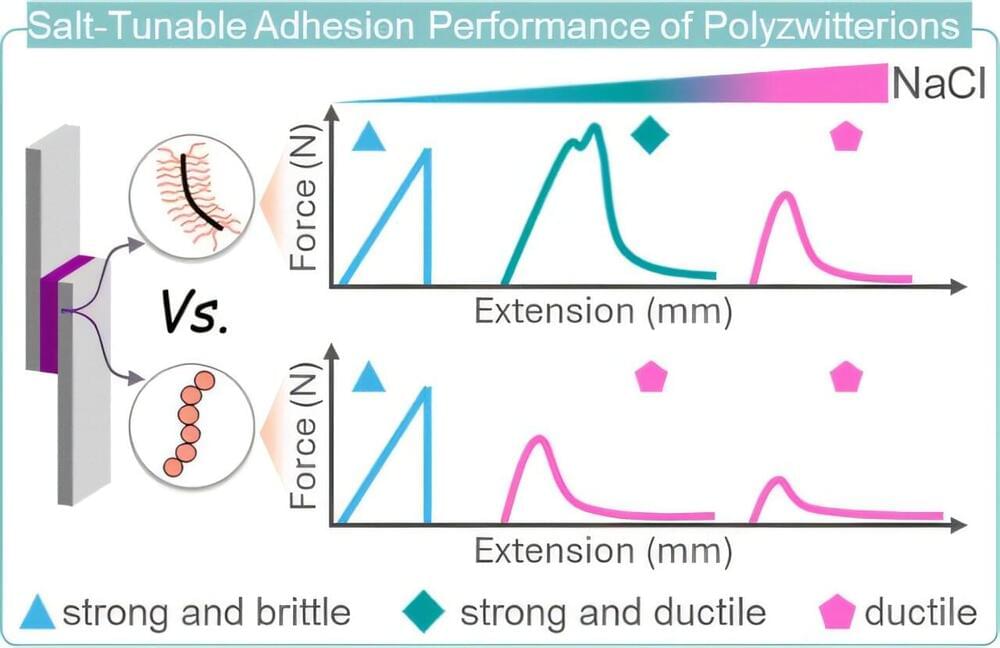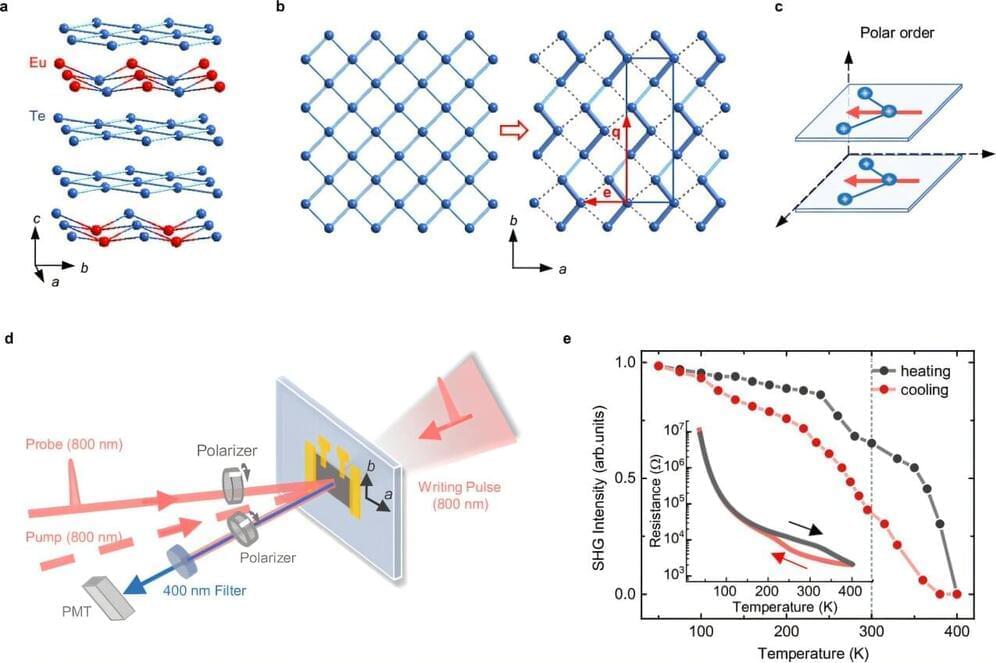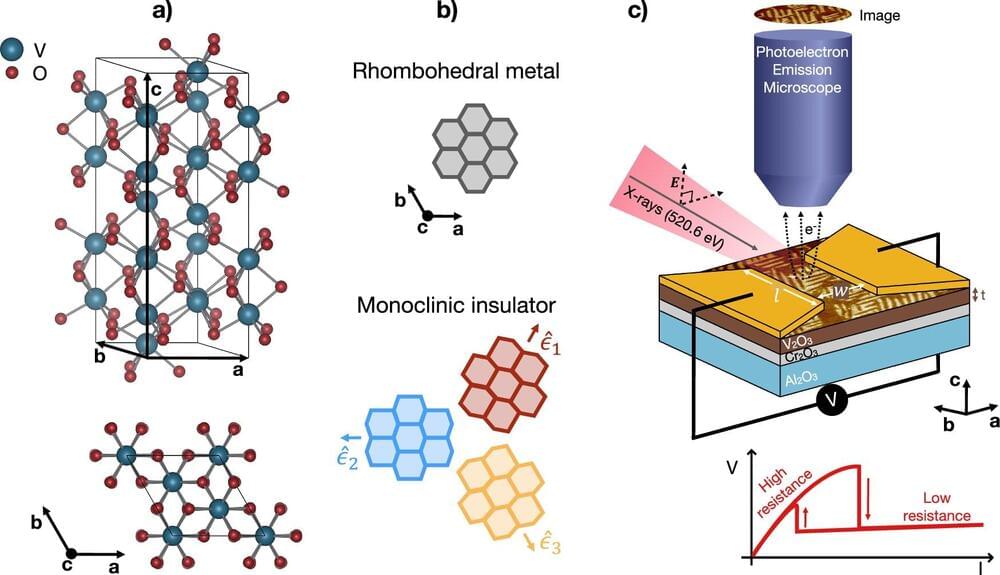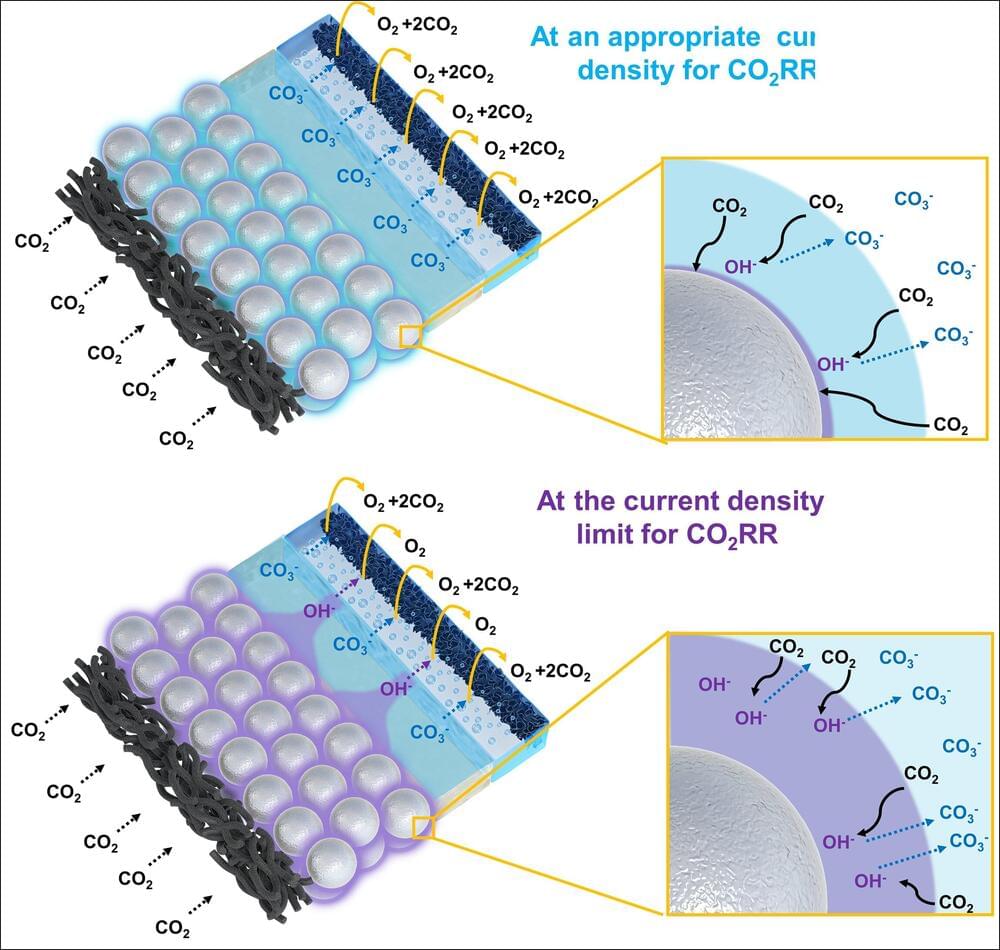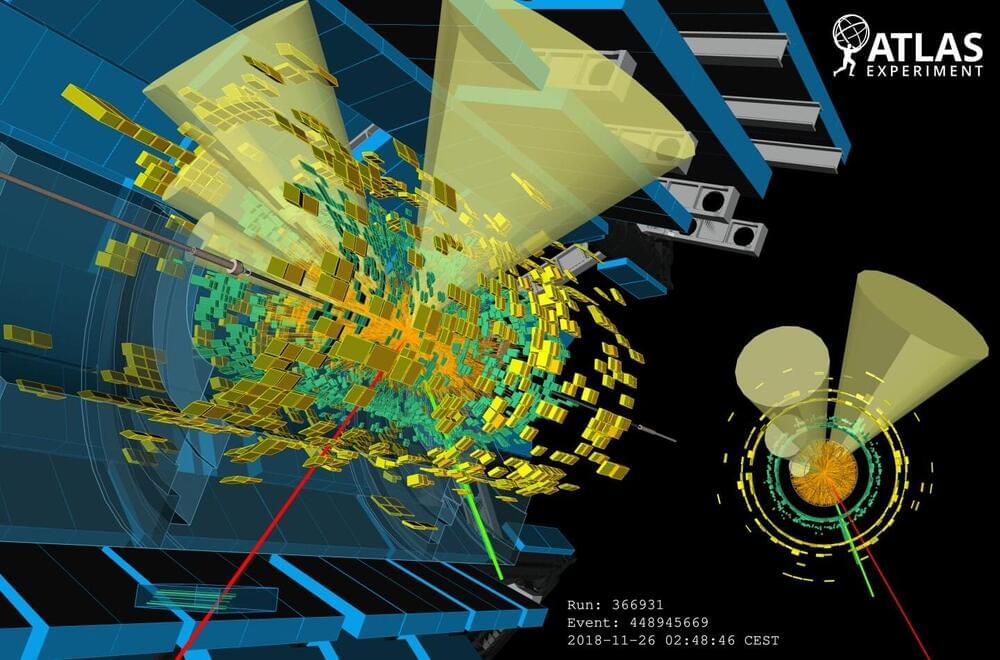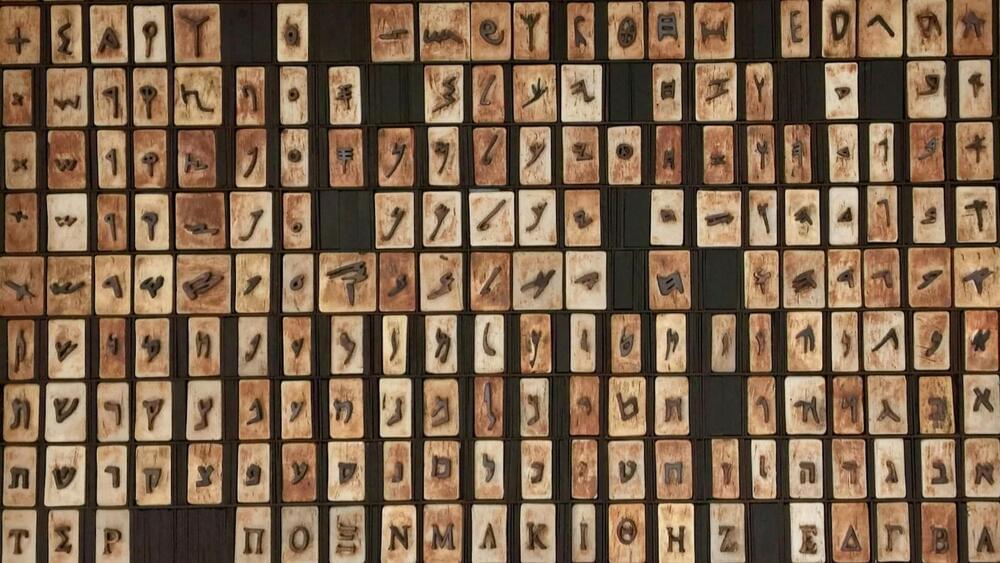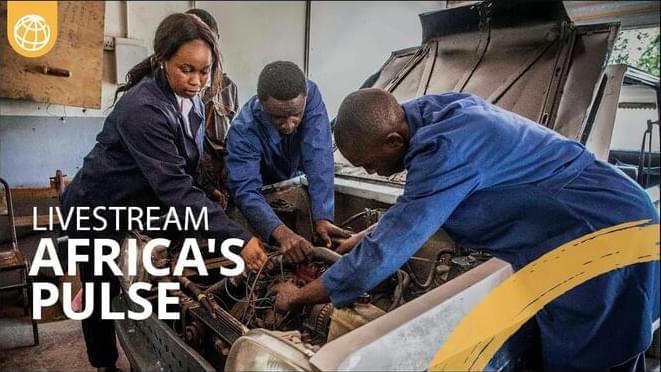Adhesives are everywhere, from the tape used in households to the bonding materials in vehicles and electronics. The search for stronger, more adaptable adhesives is ongoing and may come down to adding a dash of salt to two special polymer ingredients known as polyzwitterions, or PZIs.
Addressing the challenge of controlling electronic states in materials, the scientific community has been exploring innovative methods. Recently, researchers from Peking University, led by Professor Nanlin Wang, in collaboration with Professor Qiaomei Liu and Associate Research Scientist Dong Wu, uncovered how ultrafast lasers can manipulate non-volatile, reversible control over the electronic polar states in the charge-density-wave material EuTe4 at room temperature.
Researchers at Università Cattolica, Brescia campus, have discovered that the transition from insulating to conductive behavior in certain materials is driven by topological defects in the structure.
A research team led by Dr. Hyung-Suk Oh and Dr. Woong Hee Lee at the Clean Energy Research Center at Korea Institute of Science and Technology (KIST) has developed a silver-silica composite catalyst capable of reversible local pH control through a silica-hydroxide cycle, inspired by Earth’s natural cycles.
At a talk held at CERN this week, the ATLAS collaboration at the Large Hadron Collider (LHC) reported observing top quarks in collisions between lead ions, marking the first observation of this process in interactions between atomic nuclei.
Readers are unable to reliably differentiate AI-generated from human-written poetry and are more likely to prefer AI poems, according to new research published in Scientific Reports. This tendency to rate AI poetry positively may be due to readers mistaking the complexity of human-written verse for incoherence created by AI and an underestimation of how human-like generative AI can appear.
Fortunately, linguists have developed sophisticated tools using information theory to interpret unknown languages.
Just as archaeologists piece together ancient languages from fragments, we use patterns in AI conversations to understand their linguistic structure. Sometimes we find surprising similarities to human languages, and other times we discover entirely novel ways of communication.
These tools help us peek into the “black box” of AI communication, revealing how AI agents develop their own unique ways of sharing information.
Africa Pulse
Posted in futurism
Africa’s Pulse is a biannual publication containing an analysis of the near-term macroeconomic outlook for the region. Each issue also includes a section focusing upon a topic that represents a particular development challenge for the continent.
All lawyers, from in-house counsel and law firms, to barristers and judges, need to embrace the use of generative artificial intelligence (AI). Why? Because it will become an indispensable productivity tool across the legal profession.
Neuron al behavior can be controlled by probing and modulating subcellular regions of the cells; however, developing an interface that can morph into the extreme curvatures of neurites is a major challenge. Here, the authors develop a wireless platform made of an azobenzene polymer that undergoes on-demand light-induced folding with an ultra-low curvature radius and wraps various morphologies of neuronal processes in vitro.
